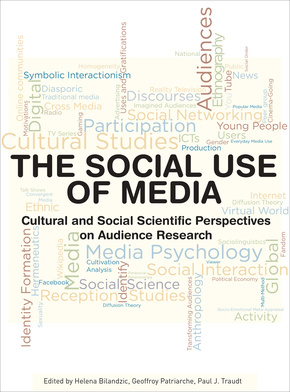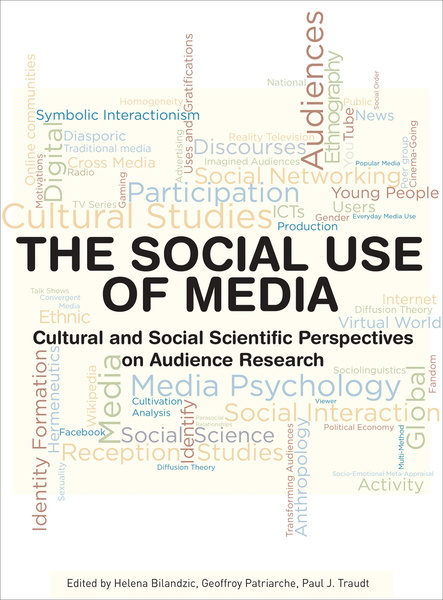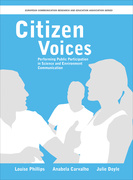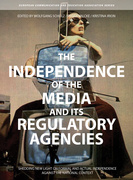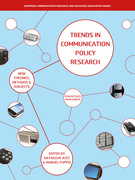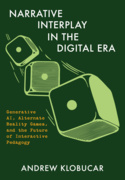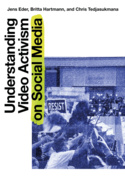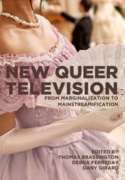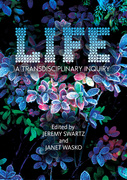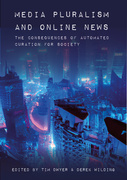The Social Use of Media (Book)
Cultural and Social Scientific Perspectives on Audience Research
This collection of essays provides an overview of research on the social uses of media. Topics include up-to-date research on activity and interactivity, media use as a social and cultural practice and participation in a cultural, political and technological sense. It also incorporates current audience and reception studies.
Edition
This collection of essays provides an overview of research on the social uses of media. Drawing on long traditions in both cultural studies and the social sciences, it brings together competing research approaches usually discussed separately. The topics include up-to-date research on activity and interactivity, media use as a social and cultural practice, and participation in a cultural, political and technological sense. This book explores three general areas of current scholarly study of the social aspects of media use. First, the introduction of interactive and so-called social media has had repercussions for the definition of media use, reception and even our perception of media effects. Second, the recognition that media constitute social practice, which utilizes media for its own goals, has been highly influential in communication research. Third, media provide many opportunities for participation in cultural and political issues. Yet media also shape participation in certain – and sometimes constraining – ways.
Helena Bilandzic is professor of communication research at the University of Augsburg.
Geoffroy Patriarche is professor at the Facultés Universitaires Saint-Louis, where he teaches communication, media and audience studies.
Paul J. Traudt is professor of media studies at the University of Nevada, Las Vegas.
It aptly covers the diversity in contemporary audience research, gathering contributions on various types of media practices, drawing upon multi-disciplinary frames and insights, both on the theoretical and empirical level. As such, a thought-provoking balance between new-fangled topics and historical reflections are united and adequately addressed. Hence, it is a recommended reading for all of us who intend to keep a finger on the pulse of audience research.
An exemplary study of the approach to audience studies.

